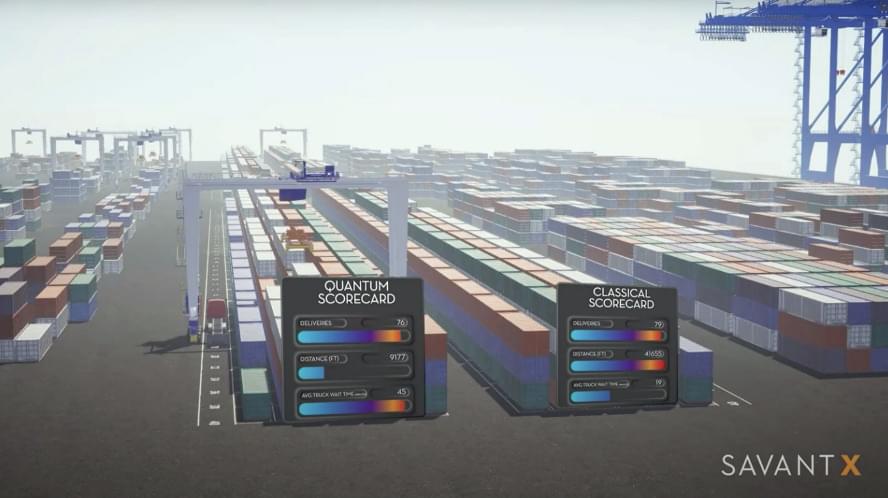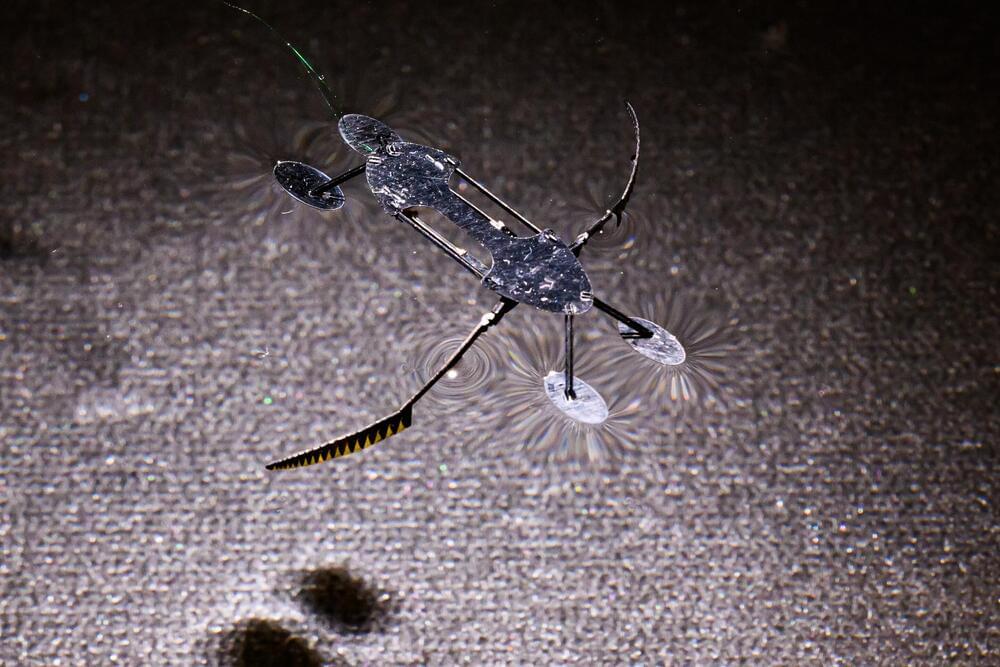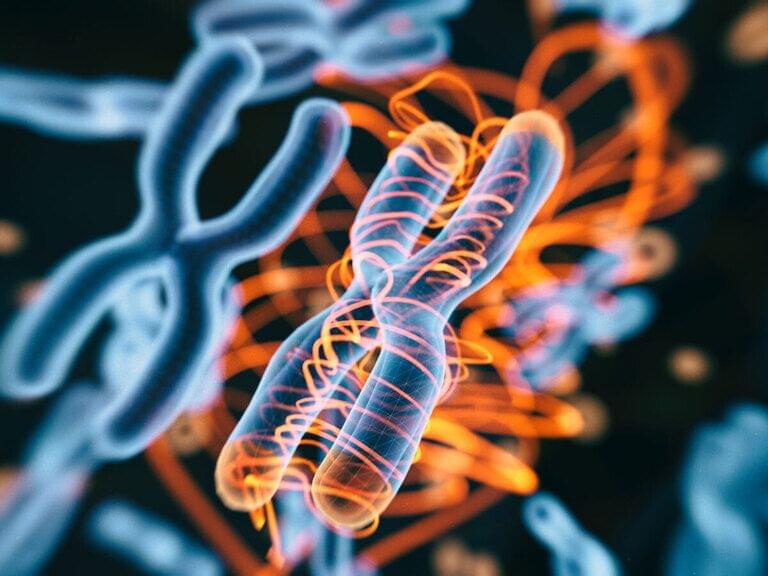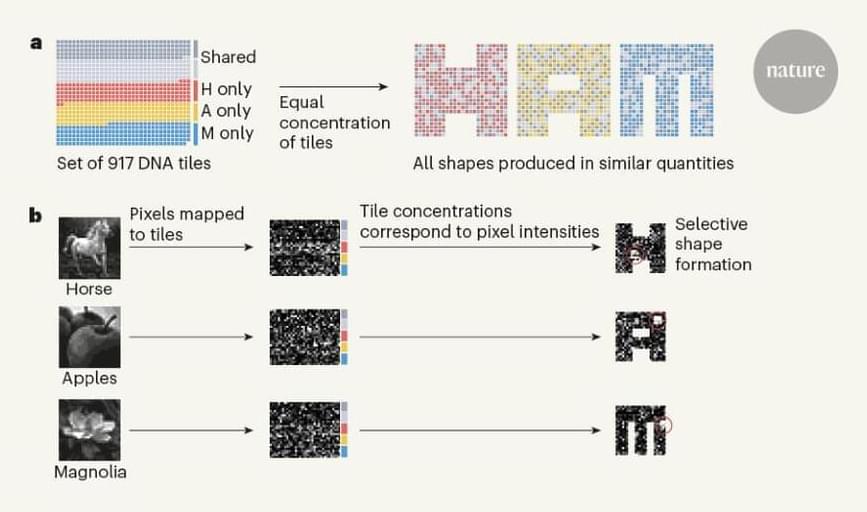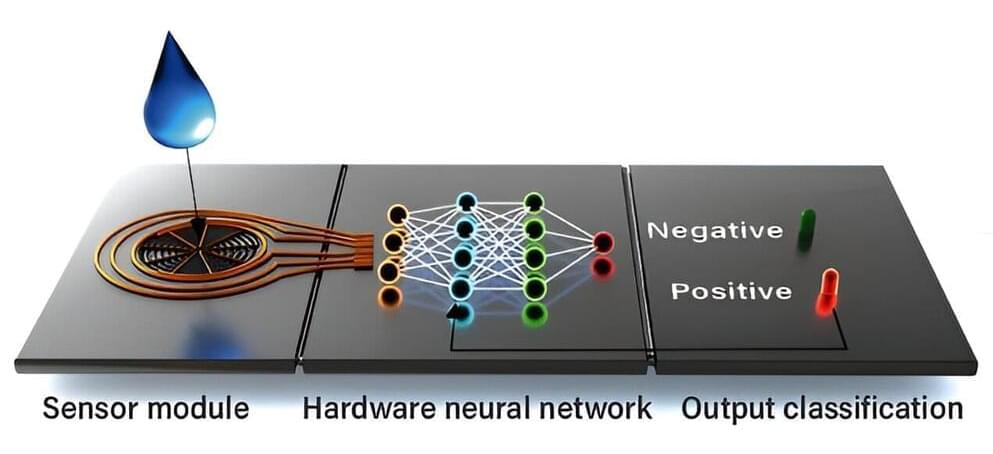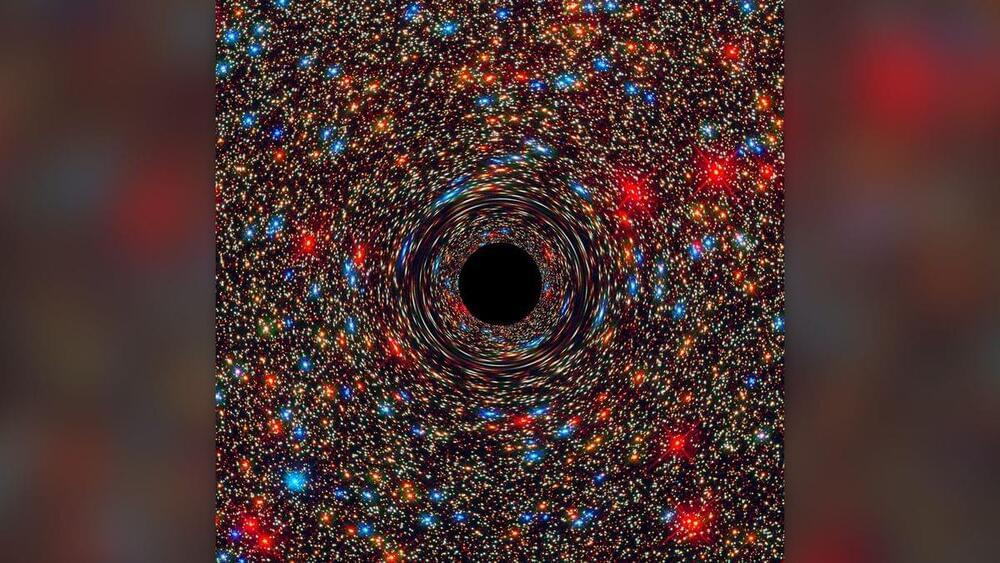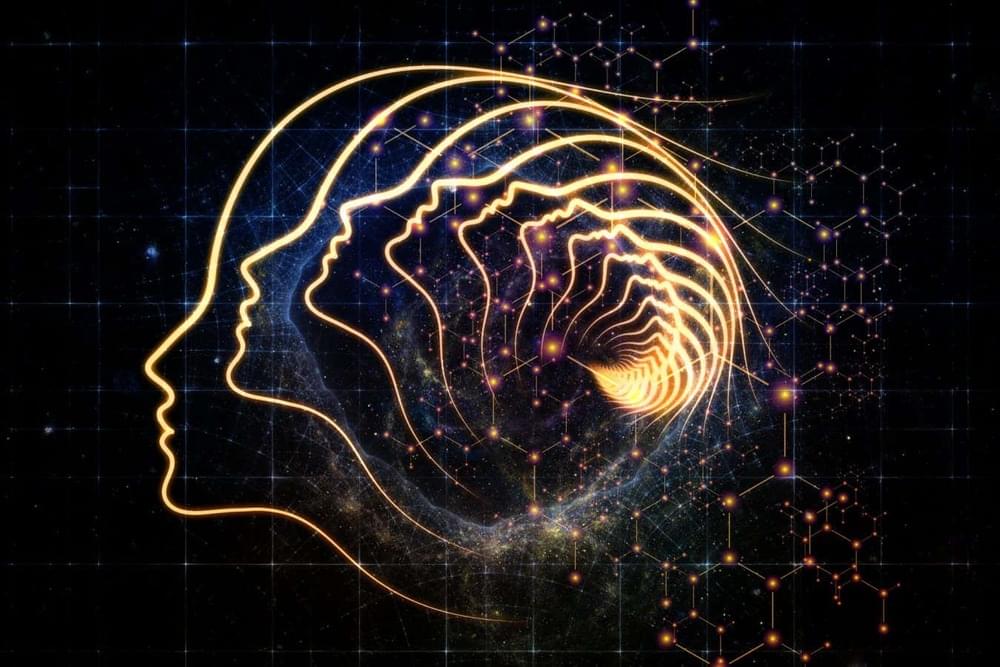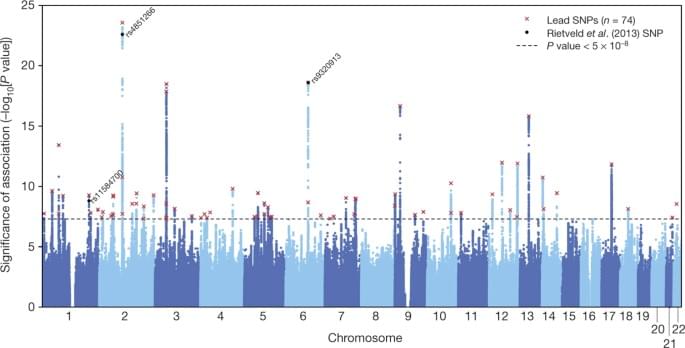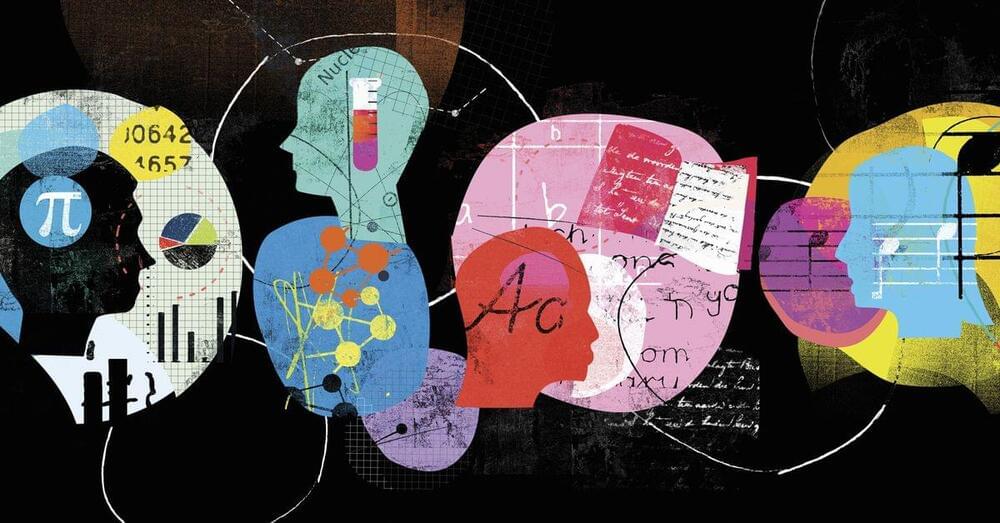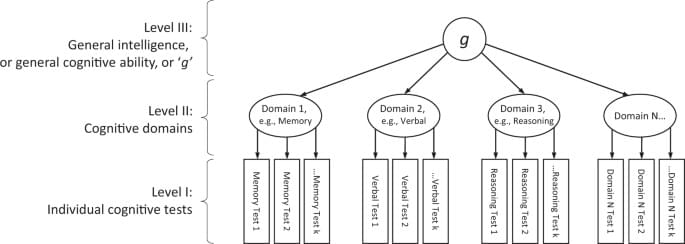Shai Phillips conduct an audit of broad industry-internal accusations of exaggeration in quantum computing and associated fields.
Two insect-like robots, a mini-bug and a water strider, developed at Washington State University, are the smallest, lightest and fastest fully functional micro-robots ever known to be created.
Such miniature robots could someday be used for work in areas such as artificial pollination, search and rescue, environmental monitoring, micro-fabrication or robotic-assisted surgery. Reporting on their work in the proceedings of the IEEE Robotics and Automation Society’s International Conference on Intelligent Robots and Systems, the mini-bug weighs in at eight milligrams while the water strider weighs 55 milligrams. Both can move at about six millimeters a second.
“That is fast compared to other micro-robots at this scale, although it still lags behind their biological relatives,” said Conor Trygstad, a Ph.D. student in the School of Mechanical and Materials Engineering and lead author on the work. An ant typically weighs up to five milligrams and can move at almost a meter per second.
Jeff Desjardins, Editor-in-Chief of Visual Capitalist, joins OPTO Sessions to discuss the profound and far-reaching potential of CRISPR and gene editing technology, which he believes could impact fields as diverse as oncology, agriculture and materials science.
On 8 December, the US Food and Drug Administration (FDA) approved two cell-based gene therapies for the treatment of sickle cell disease. The decision marked a watershed moment in the history of healthcare, being the first time that gene therapies have won FDA approval.
One of the treatments, Casgevy, is the result of a collaboration between CRISPR Therapeutics [CRSP] and Vertex Pharmaceuticals [VRTX]. The other, Lyfgenia, was developed by bluebird bio [BLUE].
Using a biosensor to detect cystic fibrosis as the test case, TU/e researchers have devised an innovative way to train neuromorphic chips as presented in a new paper in Nature Electronics.
Neuromorphic computers—which are based on the structure of the human brain—could revolutionize our future health care devices. However, their widespread use is hindered by the need to train neuromorphic computers using external training software, which can be time-consuming and energy inefficient.
Researchers from Eindhoven University of Technology and Northwestern University in the U.S. have developed a new neuromorphic biosensor capable of on-chip learning that doesn’t need external training. As a proof-of-concept, the researchers used the biosensor to diagnose cystic fibrosis based on sweat samples.
A study suggests primordial black holes may make planets and moons near us wobble. If measured experimentally, this will provide the first concrete proof such objects exist.
A solid theory of human consciousness eludes us, which is why seemingly fringe ideas such as those that rely on quantum effects in the brain are still worth pursuing.
A genome-wide association study in 293,723 individuals identifies 74 genetic variants associated with educational attainment, which, although only explaining a small proportion of the variation in educational attainment, highlights candidate genes and pathways for further study.
Researchers using huge data sets to understand genetics and behavior worry their findings will be misinterpreted.
Deary, I.J., Cox, S.R. & Hill, W.D. Genetic variation, brain, and intelligence differences. Mol Psychiatry 27, 335–353 (2022). https://doi.org/10.1038/s41380-021-01027-y.
